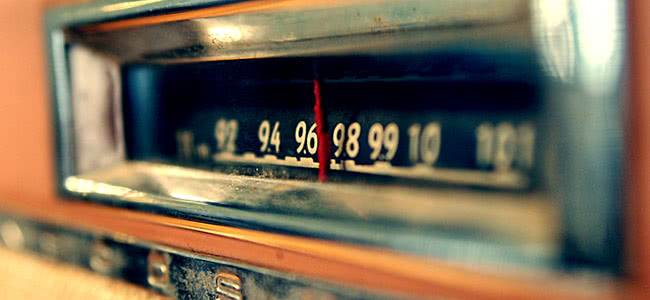For more than 20 years Australian radio has enforced codes to ensure that homegrown artists and musicians get fair play against international acts, especially against the dominance of the music industries of the US and UK.
The current quota for Australian content on radio is set at 25% and across the globe similar conditions are set on broadcasters to help regulate or cultivate their local music scenes from becoming a morass of American pop stars.
Some have criticised Australia’s commercial radio stations for not doing enough to support local talent, such as powerful concert promoter Michael Chugg who last year angrily lamented that “mainstream radio will not fucking play Australian music until they have to. It’s awful.”
But while there have been calls to increase or expand the 25% quota on Australian radio and media support, the reality is that on a global scale, Australia is faring a lot better than other countries.
As music blogger Alan Cross points out, a detailed report from Canada’s CRTC demonstrates that while some countries have clearly defined quotas – ranging from average (such as Ireland’s 20% and Canada’s 35%) to extreme (Venezeula’s 50%-70%, Nigeria’s 80%) – many more countries don’t have clearly defined regulations for promoting their native musicians.
One such example is Ecuador, who have recently introduced a new communications law in a bid to ensure fair play for local artists, as Consequence Of Sound reports.
Where Ecuadorian artists and musicians reportedly received less that 10% of airtime on major radio stations, that figure will now be boosted to 50% as part of the new law for the South American country that means half of all music on the airwaves must be homegrown. There have been calls to increase or expand the 25% quota on Australian radio… the reality is that [Australia] is faring a lot better than other countries.
The new move is designed to stem the flood of international pop from the neighbouring music powerhouse that is the United States – but also Mexico, Colombia, and Argentina – that has dominated the airwaves and crowded out local artists, some even resorting to rampant payola to get airtime.
Meanwhile, Ecuadaor’s Vice Minister of Culture, Jorge Luis Serrano, tells the Miami Herald that the country is full of musical talent, but “the problem has been the lack of industry, the lack of support from the government. We have it now,” he says. But some government support can easily become government enforcement, an especially grey area when it comes to the arts.
It’s a concern that Antonio Feraud, of Ecuadorian record company Fediscos certainly has; “I’m not a person who believes that we should rely on the government. When politics gets in the middle of things you never know where it’s going to lead to in the end.” Ecuador is hoping that the 50% regulation will help stimulate the local music industry as well as their national presence, but will it end up just playing homegrown talent for the sake of it?
It’s a question that also hovers over Australian broadcasters. While the 25% radio quota has seen some positive successes, such as Birds of Tokyo being the most played artist on Australian radio for 2013 so far, there is still a dominance of international artists on the airwaves, especially on commercial radio.
This could result in a similarly disastrous end-of-year figure for 2013 as last year, which proved accuracy to the complaints that a 25% quota isn’t doing enough, with just 14 of the Top 100 most played songs on Aussie radio in 2012 being Australian artists.
The issue gets even more muddied when it comes to the emergence of new platforms, such as digital radio, which has had no enforced minimum quota imposed on it after the Australian Communications and Media Authority decided to trial a three year period without a minimum quota for local music on digital-only station back in July 2010.
The digital radio dilemma presents a number of pressing issues. Should it fall to community radio to be the sole promoters of Australian music? Especially when the government nearly signed their death warrant when they failed to address the $1.4 million budgeting shortfall to ensure their survival on the digital spectrum. Or does an increase to the 25% quota to match global markets – such as Ecuador’s 50% – ensure a healthier local music scene?

































